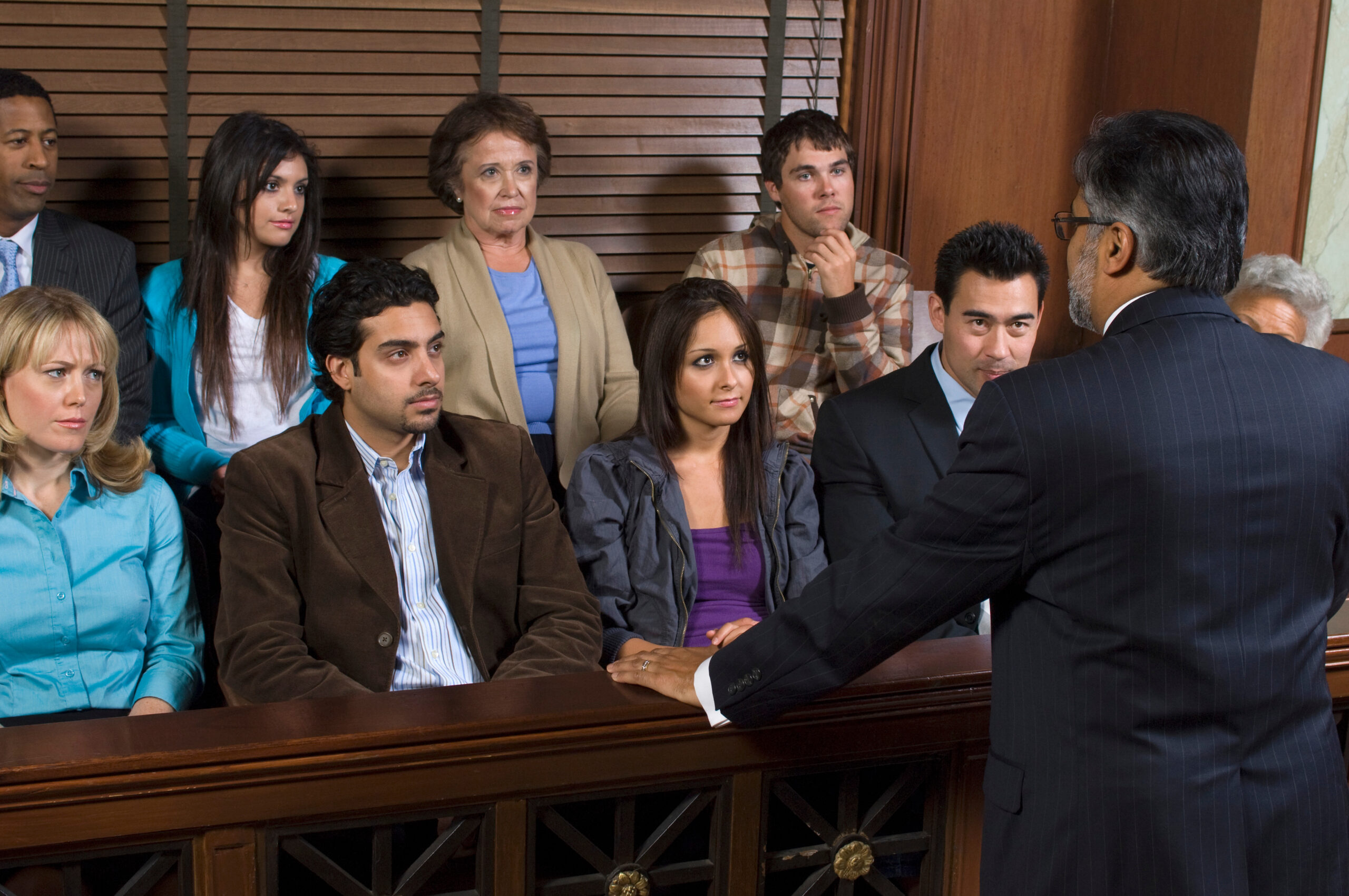Have you ever wondered how the damages claimed in a lawsuit are valued? Is it an arbitrary number selected by the plaintiff, by the plaintiff’s attorney, or is it calculated based on certain circumstances? In the state of North Carolina, the assessment of damages is determined on several factors, one being the fair market value, if applicable. With that understanding, what happens if the item damaged or destroyed does not have a market value? For items with no readily available market value, the courts may turn to the intrinsic value.
The Intrinsic Value
In 1988, the North Carolina Court of Appeals helped solidify the definition of intrinsic value through the William F. Freeman, Inc. v. Alderman Photo Co. decision, when it stated, “where damage to personal property which has no market value, if plaintiff is entitled to recover at all, it is the actual value of that property immediately before it was damaged. The actual value of any property is the property’s intrinsic value, that is, its value to its owner.” In the same case, the Court also confirmed the recoverable nature of intrinsic value by clarifying, “even though an item has no measurable market value when tortiously destroyed, it nonetheless may have intrinsic value to its owner, which is recoverable.” However, this avenue for potential recovery is not limitless. In the case of Shara v. N.C. State University Veterinary Teaching Hospital, the Court of Appeals established restrictions on intrinsic value by stating, “the fact finder must not consider any fanciful, irrational, or purely emotional value that the specific property may have had.”
The Factors of Valuation
So what can the Court consider when determining the proper value? A specific list of factors is contained within the North Carolina Pattern Jury Instruction 810.66. These factors include the age of the property, the degree to which the property has been used, the condition of the property just before it was damaged, the uniqueness, the insured value, any earnings generated by the property, and the opinion of the plaintiff as to its value. One other factor to note is the reasonableness and the practicability of recreating or replacing the property. Therefore, if the property was particularly unique and replacement could be difficult, then the intrinsic value may be driven upward. Evidently, each of these factors is designed to help the fact finder determine a fair compensatory amount.
Not Just Guess Work
As depicted in both North Carolina law and case precedent, the analysis for establishing the correct amount of damages is quite detailed. While it’s not an exact science, especially for items with no fair market value, the Courts utilize set procedural guidelines for defining intrinsic value. If you need help in determining your property’s value or would like more in-depth information, please contact our office.
Revolution Law Group is located in Greensboro, NC, and serves individuals and small businesses throughout the Triad and surrounding areas. To contact us please visit Revolution.law or call 336-333-7907.
The information included here is for informational purposes only, is not exhaustive of all considerations when creating documents, is not intended to be legal advice, and should not be relied upon for that purpose. We strongly recommend you consult with an attorney and do not attempt to create your own documents.

